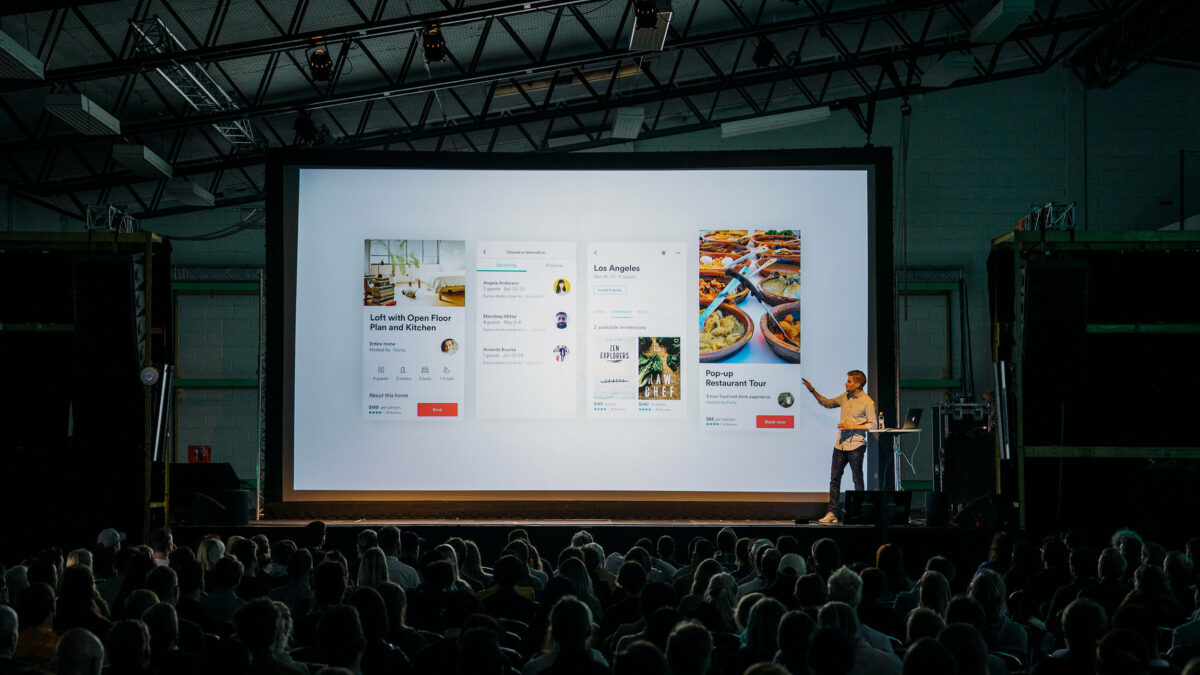
In a previous piece I wrote about an MIT conference suggesting that fully autonomous vehicles are not just around the corner. In the short run, then, we’ll be riding in increasingly smart vehicles, but we humans will still be expected to be in charge. And even after full autonomy is available, there may well be some human role in the process beyond catching some Zs behind the wheel or watching videos on a mobile screen.
One issue that came up briefly during the MIT conference was posed in a question by Michael Schrage—like me, a “Digital Fellow” with the MIT Initiative on the Digital Economy. He asked the panel of autonomous vehicle experts (I am paraphrasing), “What if you hail an autonomous taxi—can you say, ‘OK, Uber—to the airport—and step on it!’ Or will you be able to press a button in your autonomous vehicle to get there extra quickly?” The panel members didn’t really have an answer to the question—one said that the vehicle’s algorithms would be unlikely to override safety considerations—but I think Michael made a good point. Will people be willing to settle for a bland uniformity in how they are transported? New Yorkers (of which Michael is one) and Bostonians (count me in that group) are notoriously interested in getting places quickly. Will they be satisfied with somebody else’s idea of how to drive?
I thought about this issue several months ago when summoning an Uber car to take me from Pasadena to LAX airport. Upon getting into the car, the driver said, “There’s been a shooting in downtown LA, and some highways are closed. It may take a couple of hours to get there.” I gulped and told him that would mean missing my plane. He said, “Let me see what I can do.” Then he handed me a cold bottle of water.
The next 45 minutes or so were an extraordinary demonstration of the value that a technophile human driver can provide. This driver had three—count ‘em—smartphones attached to his windshield and dashboard (it’s a wonder he could still see), each running a different mapping and traffic system app. When he didn’t believe what Waze was telling him about traffic, he’d switch to Google Maps or Total Traffic. If he thought Google Maps was taking him on too many back roads, he’d switch to Here Maps. In short, he was an active integrator of GPS and traffic monitoring data and systems. Perhaps needless to say, I got to LAX in plenty of time, and gave him a big tip (by hand, since Uber is still tipless). Of course, this techno-weenie driver also drove for Lyft, through which I could have tipped online if I’d used it to call him.
Schrage’s question at MIT and my experience in Los Angeles suggest that fully replacing human drivers isn’t going to be easy. There may always be people seeking transport who seek out human help for data integration and interpretation, bending the rules, and cold bottles of water.
If you’re a professional (or semi-professional, which is increasingly common today) driver, you should already be thinking now about how you are going to add value to increasingly smart vehicles. How can you go beyond the basics? You can learn about the pluses and minuses of different smart technologies, such as:
Which mapping systems are best at incorporating construction projects into recommended routes?
Which mapping systems’ algorithms are overly averse to traffic lights?
Which traffic systems are best at updating routes and changing estimated drive times?
Which car-dispatching services provide the best deals for drivers and passengers under what circumstances?
And so forth. Perhaps even, “Who sells the cheapest bottled water in bulk?”
Of course, today there are even more important interventions that drivers need to make involving safety. I mentioned in my last post the crazy number of interventions that Uber drivers need to make—about one per mile on average—in the pilot tests of their supposedly autonomous vehicles. If you are driving one of these things, you will need to figure out quickly when the car makes good driving decisions, and when it doesn’t. Otherwise you will suffer much more than a missed flight for your customer.
My point is that humans and vehicles will continue to share the responsibility for getting places for quite a while. Let’s hope that smart human drivers and smart cars will team up to make driving safer and easier. If one or the other partner isn’t smart after all, the entire experience of driving will suffer.
This article was originally published by DataInformed and in LinkedIn Pulse